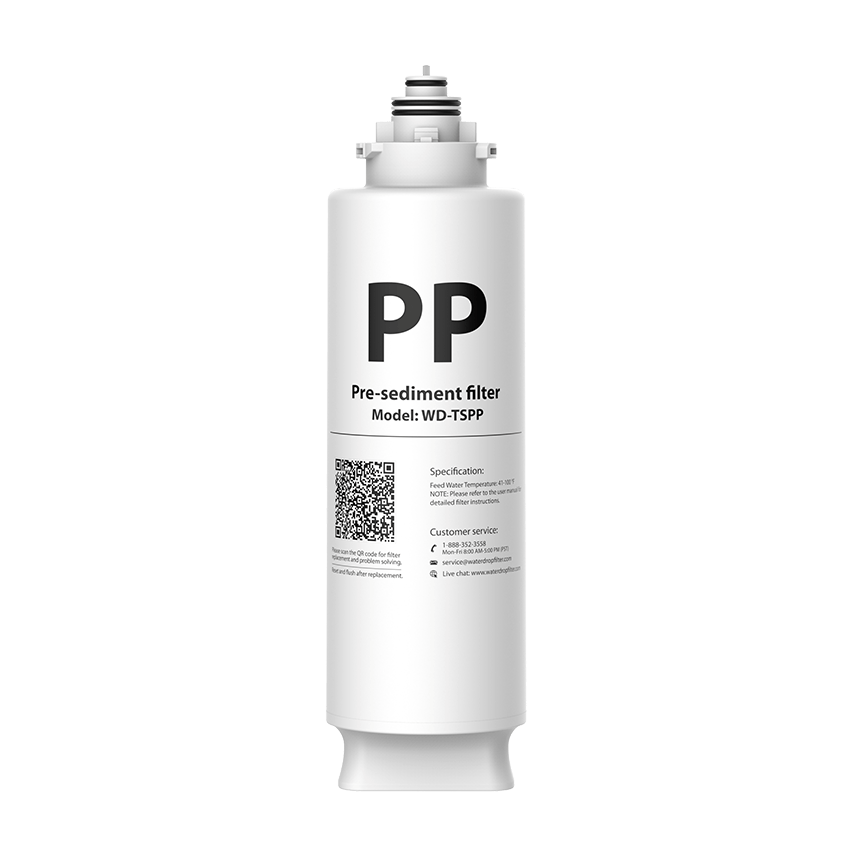How to Remove Fluoride From Water?
by Dr. Jonathan Doyle - Updated December 29, 2024
Fluoride is often added to public water supplies across Australia as a measure to help prevent tooth decay. However, concerns about its potential health effects have led many Australians to seek ways to remove fluoride from their drinking water. If you’re one of those people, you’re in the right place. This comprehensive guide will explain how to remove fluoride from water, why it might be necessary, and how you can use effective filtration methods at home.
Why Should You Remove Fluoride From Water?
Before we get into the how, let’s first look at the why. Fluoride is typically added to public water supplies in Australia to promote dental health. While the Australian Dental Association supports water fluoridation for its proven ability to reduce cavities, others are concerned about the long-term effects of ingesting fluoride.
Health Risks of Excess Fluoride
Although the levels of fluoride added to water are regulated and considered safe for most people, some studies suggest that overexposure can lead to potential health risks, including:
Why Australians Choose to Remove Fluoride?
While most Australian municipalities continue to fluoridate their water supply, some residents prefer to remove fluoride due to concerns about these health risks. Whether you’re worried about the long-term effects on your family, prefer a natural approach, or simply want control over what goes into your drinking water, there are several methods available to remove fluoride.
Now, let’s explore the most effective ways to remove fluoride from water in Australia.
Best Methods to Remove Fluoride From Water
When it comes to removing fluoride from water, there are a few popular methods. Each has its pros and cons, so let’s break them down to help you choose the best option for your needs.
Reverse Osmosis Filtration Systems
Reverse Osmosis is widely regarded as one of the most effective methods for removing fluoride from water. In an RO system, water is forced through a semi-permeable membrane that filters out a variety of contaminants, including fluoride.
How Does Reverse Osmosis Work?
In a Reverse Osmosis system, the water is passed through a series of filters before reaching the semi-permeable membrane. The membrane filters out contaminants that are larger than water molecules, including fluoride. The clean water that passes through is collected in a separate storage tank, while the contaminants are flushed away.
Advantages of RO Filtration:
Waterdrop Countertop RO System Corero System C1S
If you’re looking for an efficient and user-friendly way to remove fluoride from your water, the Waterdrop Countertop RO System Corero System C1S is an excellent choice. This compact, easy-to-install system is designed to remove up to 99% of contaminants, including fluoride. It uses a multi-stage filtration process, with reverse osmosis at its core, to ensure your water is clean, fresh, and free from harmful substances.
Distillation Systems
Distillation is a method that involves boiling water and then condensing the steam back into liquid form. This process effectively removes most contaminants, including fluoride, as the fluoride does not evaporate with the water vapor.
How Does Distillation Work?
In a distillation system, water is heated until it turns into steam. The steam rises, leaving contaminants, including fluoride, behind in the boiling chamber. The steam is then cooled and condensed back into liquid form, producing purified water.
The main downside of distillation is that it can be slow, and it also removes beneficial minerals from the water. As a result, some people prefer to combine distillation with a remineralization filter.
Bone Char Carbon Filters
Bone char carbon filters are another option for removing fluoride from water. These filters are made from animal bones, which have been heated to create a highly porous material that attracts fluoride ions.
How Does Bone Char Work?
Bone char works through adsorption, similar to activated alumina. As water passes through the bone char filter, the fluoride ions are attracted to the carbon, effectively removing them from the water.
Final Thoughts on Removing Fluoride From Water
Removing fluoride from water in Australia is possible using a variety of filtration methods. Reverse osmosis (RO) systems, like the Waterdrop Countertop RO System Corero System C1S, offer one of the most effective and efficient ways to get rid of fluoride, along with a wide range of other harmful contaminants.
If you’re looking for a reliable, affordable, and easy-to-use solution for fluoride removal, the Waterdrop Countertop RO System Corero System C1S is an excellent choice. It’s designed to provide your family with clean, safe drinking water free from fluoride and other common contaminants.
Key Takeaways
Contaminants Detected in Fruitland Water Special Service District
30
Contaminants
EXCEED EWG HEALTH GUIDELINES
EXCEED EWG HEALTH GUIDELINES
30 Total Contaminants in Your Water
Water Provider
Fruitland Water Special Service DistrictPopulation Affected
120,000Water Source
Ground waterExceeds Guidelines
Others Detected













